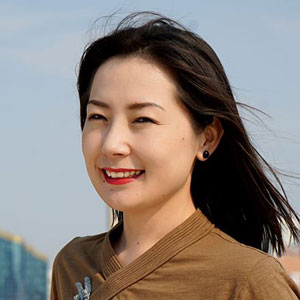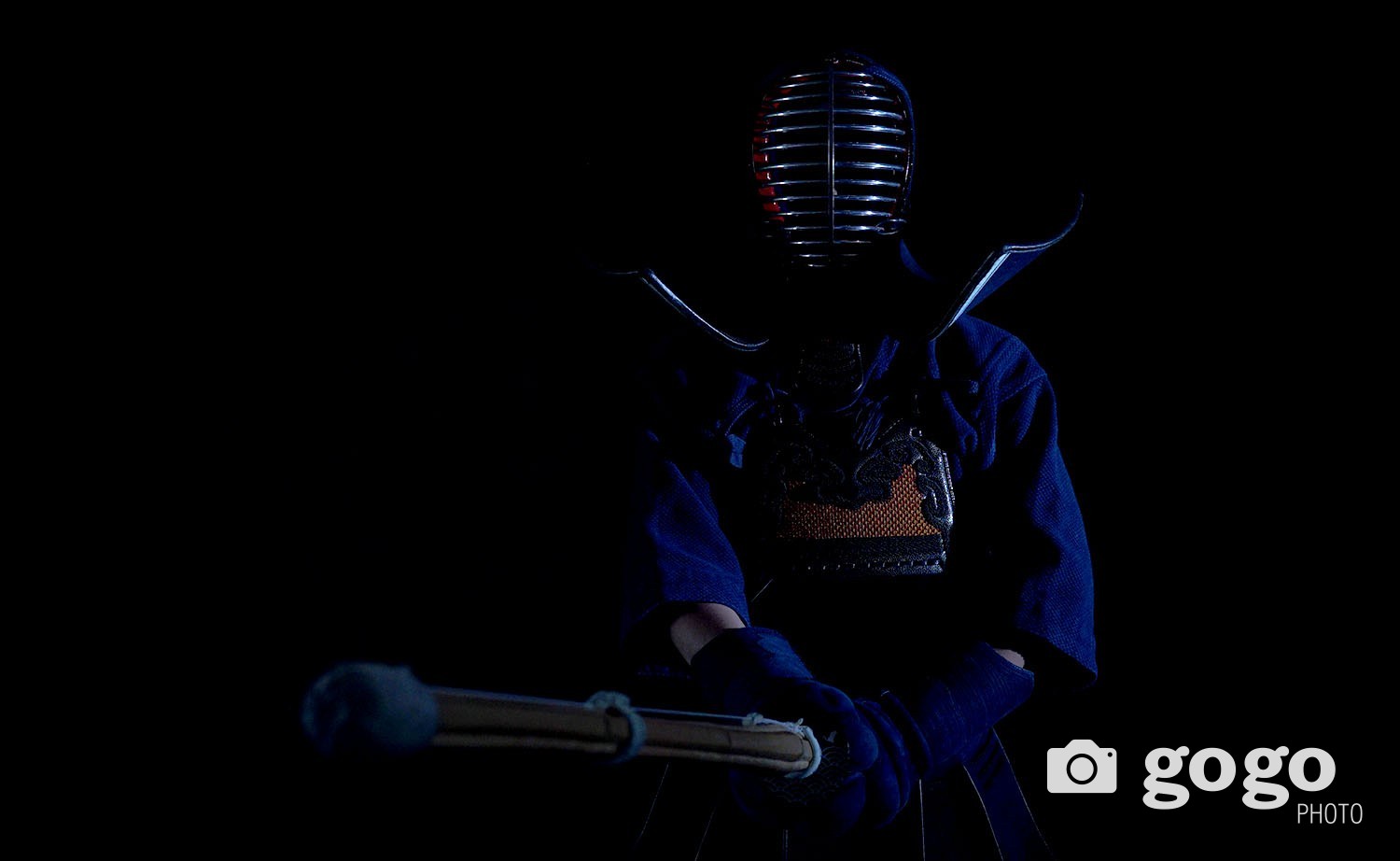
Name: G.Naranbold
Position: Instructor at UB Кендо Club
Years practicing: Five
Kendo established in Mongolia: 1999
Kendo clubs: Ulaanbaatar Kendo, Mongol Club
“Japanese have developed kendo as cultural heritage in order to recover the tradition...”
Kendo is spread to over 100 countries and has been established back in 11-12th centuries and the development was at its peak during 13-15th centuries. Kendo ( lit."sword way") is a modern Japanese martial art, which descended from swordsmanship. It is believed that judo, karate, aikido and kendo have the same origins. While kendo has kept the traditional swordmanship. Kendo (along with other martial arts) was banned in Japan in 1946 by the occupying powers, in response to the wartime militarisation of martial arts instruction in Japan. immediately after Japan's independence was restored and the ban on martial arts in Japan was lifted. It was formed on the principle of kendo not as a martial art but as educational sport, and it has continued to be practiced as such to this day. Japanese have developed kendo as cultural heritage and recovered the tradition.
“Weapon requires more speed than body can produce...”
There is very few number of martial arts that utilize weapon. While those that do not use weapon 100 percent reliant on the human body capacities, those that use weapon require more speed than body can generate and have more destructive power.
“A scorable point in a kendo competition is defined as an accurate strike or thrust made onto a datotsu-bui...”
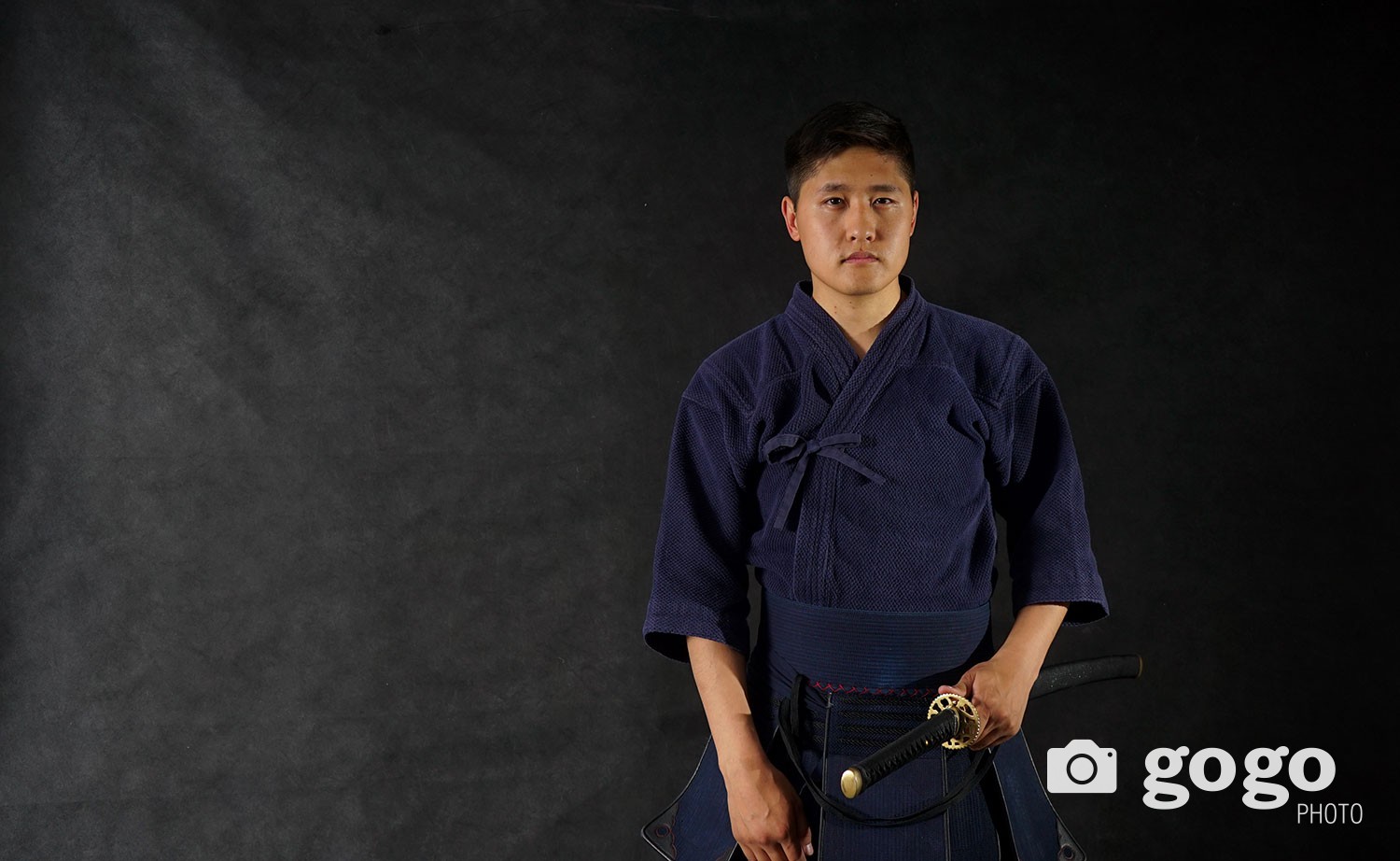
Kendo can be described as the speed, strength and attention that is generated by human body and use of a weapon. Kendo philosophy is if you win you win in life, if you lose you lose and die. While in other sports a powerful strike or an exhaust can be defining factor is one wins or loses, in kendo scorable point in a competition is defined as an accurate strike or thrust made onto a datotsu-bui.
“One moment of distraction and you are hit with a strike...”
Attention is essential in kendo competition as one moment of distraction will be an advantage for the opponent. The opponent is in a waiting mode for that one moment. One moment, last chance... Therefore, it is about attention and patience.
“Kendo is similar to Mongolian wrestling...”
Kendo is similar to Mongolian wrestling. To most people it is seen as thou two wrestlers are resting on each other's shoulders. While in reality one waits for the other to get distracted in order to do the stunt.
“Kendo is not just standing with a bamboo stick, it is all about inner strength...”
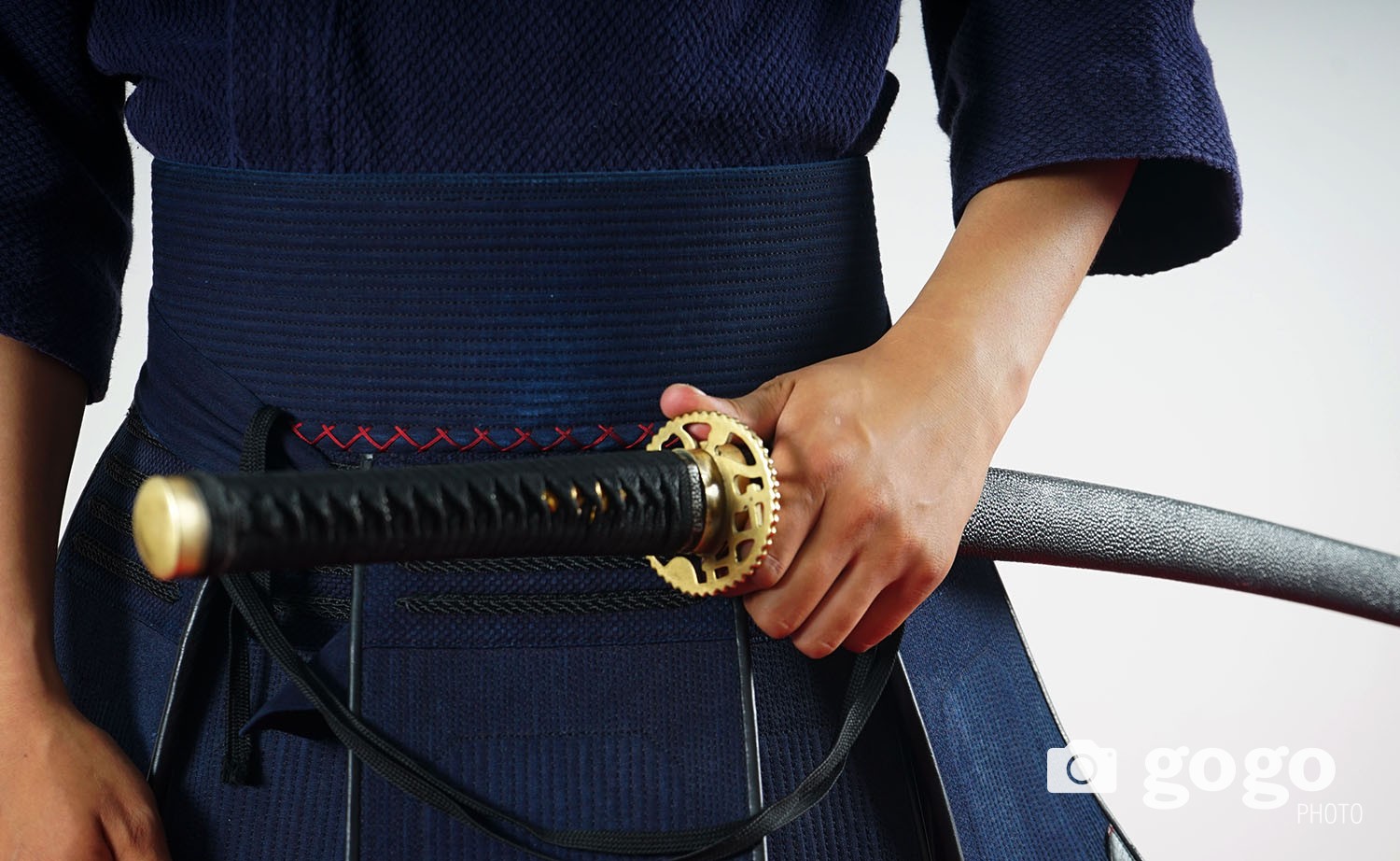
From side kendo competition is seen as two kendokas standing facing each other holding bamboo sticks. As our sensei says, the moment shinais touch the conversation between kendokas start. In this conversation the one loses the fight who fails the conversation. In other words, there is constant inner fight, which will be expressed with only one strike.
“Without inner strength you lose...”
It is important to have proper psychological preparedness. The speed is the result of the total integration of mind and body. Without inner strength you lose.
“Even if one does scorable point strike, but with no sense of inner strength the judge won't score it...”
Body, voice and mind should meet at one point. Besides having strong voice one should be convinced in heart and mind of winning the match. Even if one does scorable point strike, but with no sense of inner strength the judge won't score it.
“It develops the ability to read the opponent...”
Photo and video by: D.Javkhlantugs, A.Ariunbold
Compared to other sports, kendo has the advantage that one can score a point without damaging the body of an opponent. It also improves the body movement. Kendokas have better eye contact and better ability to read the opponent. Therefore, it enables to avoid the offense. One with speed and ability to read the opponent has better chances to score a point.
“If one boasts with a score... ”
Kendo is a way to discipline the human character through the application of the principles of the katana. Kendoka should hold in esteem human courtesy and honor. If one boasts with a score, it is impossible to win the match. It is not ethical to rejoice over a win, as if the match was for real it is not ethical to be happy about the opponent's death. The match should start and end with respect.
“There is no Japanese kendoka with a grade of 9-10 dans...”
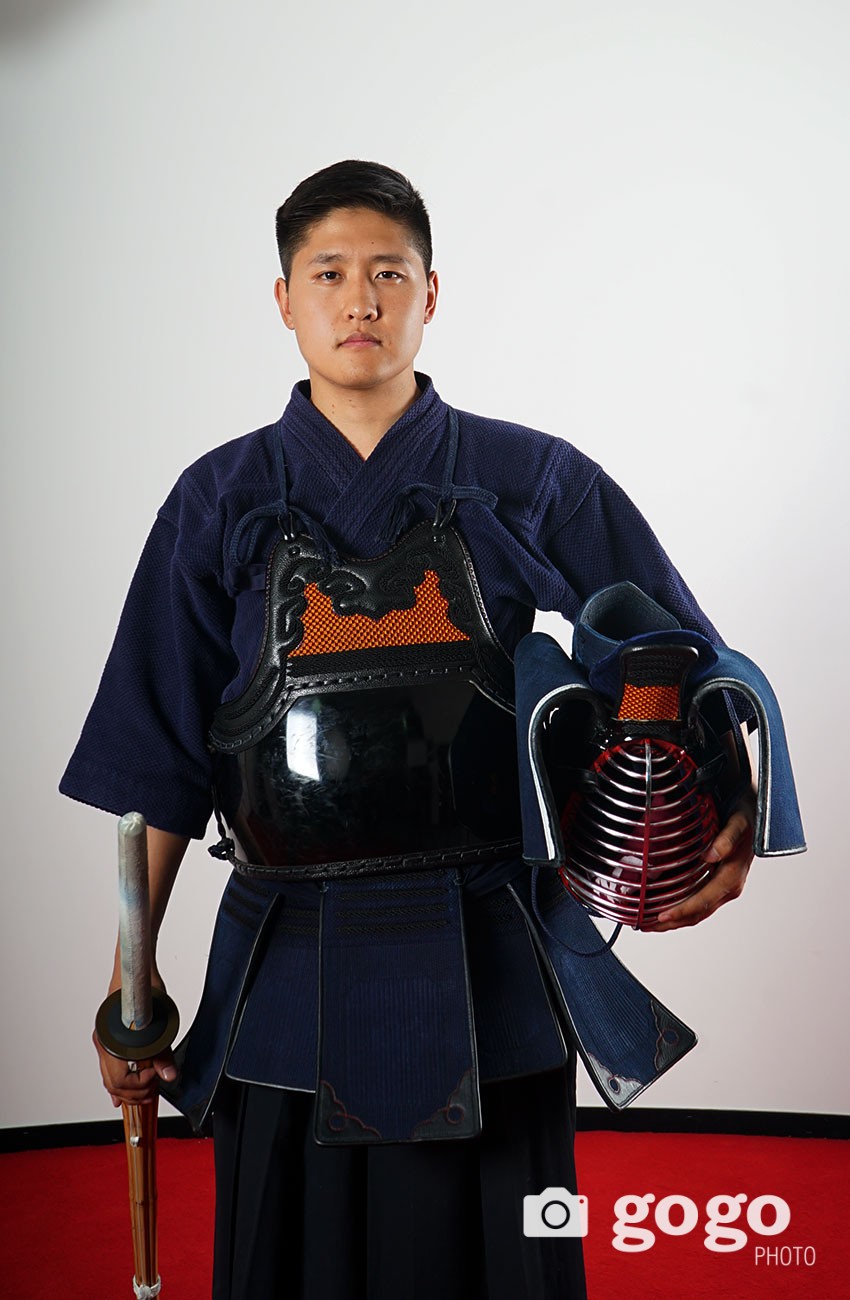
Kendo clothing is traditional Japanese clothing, while the protective armour has been derived from the traditional armour of samurai. Technical achievement in kendo is measured by advancement in grade, rank or level. As Japanese have high morals there is no Japanese kendoka with a grade of 9-10 dan. The highest rank kendoka owns 8 dan.

Name: G.Naranbold
Position: Instructor at UB Кендо Club
Years practicing: Five
Kendo established in Mongolia: 1999
Kendo clubs: Ulaanbaatar Kendo, Mongol Club
“Japanese have developed kendo as cultural heritage in order to recover the tradition...”
Kendo is spread to over 100 countries and has been established back in 11-12th centuries and the development was at its peak during 13-15th centuries. Kendo ( lit."sword way") is a modern Japanese martial art, which descended from swordsmanship. It is believed that judo, karate, aikido and kendo have the same origins. While kendo has kept the traditional swordmanship. Kendo (along with other martial arts) was banned in Japan in 1946 by the occupying powers, in response to the wartime militarisation of martial arts instruction in Japan. immediately after Japan's independence was restored and the ban on martial arts in Japan was lifted. It was formed on the principle of kendo not as a martial art but as educational sport, and it has continued to be practiced as such to this day. Japanese have developed kendo as cultural heritage and recovered the tradition.
“Weapon requires more speed than body can produce...”
There is very few number of martial arts that utilize weapon. While those that do not use weapon 100 percent reliant on the human body capacities, those that use weapon require more speed than body can generate and have more destructive power.
“A scorable point in a kendo competition is defined as an accurate strike or thrust made onto a datotsu-bui...”

Kendo can be described as the speed, strength and attention that is generated by human body and use of a weapon. Kendo philosophy is if you win you win in life, if you lose you lose and die. While in other sports a powerful strike or an exhaust can be defining factor is one wins or loses, in kendo scorable point in a competition is defined as an accurate strike or thrust made onto a datotsu-bui.
“One moment of distraction and you are hit with a strike...”
Attention is essential in kendo competition as one moment of distraction will be an advantage for the opponent. The opponent is in a waiting mode for that one moment. One moment, last chance... Therefore, it is about attention and patience.
“Kendo is similar to Mongolian wrestling...”
Kendo is similar to Mongolian wrestling. To most people it is seen as thou two wrestlers are resting on each other's shoulders. While in reality one waits for the other to get distracted in order to do the stunt.
“Kendo is not just standing with a bamboo stick, it is all about inner strength...”

From side kendo competition is seen as two kendokas standing facing each other holding bamboo sticks. As our sensei says, the moment shinais touch the conversation between kendokas start. In this conversation the one loses the fight who fails the conversation. In other words, there is constant inner fight, which will be expressed with only one strike.
“Without inner strength you lose...”
It is important to have proper psychological preparedness. The speed is the result of the total integration of mind and body. Without inner strength you lose.
“Even if one does scorable point strike, but with no sense of inner strength the judge won't score it...”
Body, voice and mind should meet at one point. Besides having strong voice one should be convinced in heart and mind of winning the match. Even if one does scorable point strike, but with no sense of inner strength the judge won't score it.
“It develops the ability to read the opponent...”
Photo and video by: D.Javkhlantugs, A.Ariunbold
Compared to other sports, kendo has the advantage that one can score a point without damaging the body of an opponent. It also improves the body movement. Kendokas have better eye contact and better ability to read the opponent. Therefore, it enables to avoid the offense. One with speed and ability to read the opponent has better chances to score a point.
“If one boasts with a score... ”
Kendo is a way to discipline the human character through the application of the principles of the katana. Kendoka should hold in esteem human courtesy and honor. If one boasts with a score, it is impossible to win the match. It is not ethical to rejoice over a win, as if the match was for real it is not ethical to be happy about the opponent's death. The match should start and end with respect.
“There is no Japanese kendoka with a grade of 9-10 dans...”

Kendo clothing is traditional Japanese clothing, while the protective armour has been derived from the traditional armour of samurai. Technical achievement in kendo is measured by advancement in grade, rank or level. As Japanese have high morals there is no Japanese kendoka with a grade of 9-10 dan. The highest rank kendoka owns 8 dan.


